A Consumer’s Guide to Sustainable Seafood
Learn how to read between the labels and make informed choices that support healthier oceans
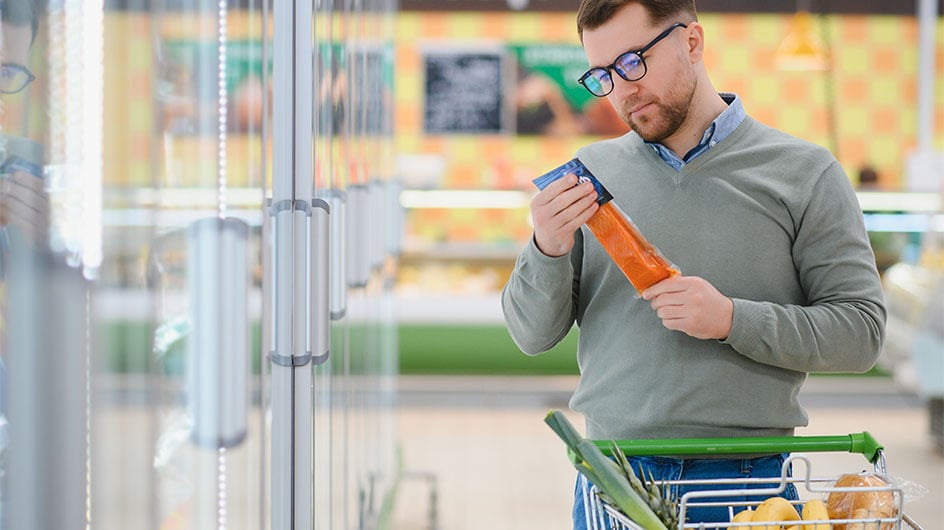

We often see the word “sustainable” stamped on fish and seafood labels but may not stop to consider the true environmental impact of what we’re eating as we slurp down oysters and mussels. It’s easy to slip into an “ignorance is bliss” mindset, but that only takes us so far.
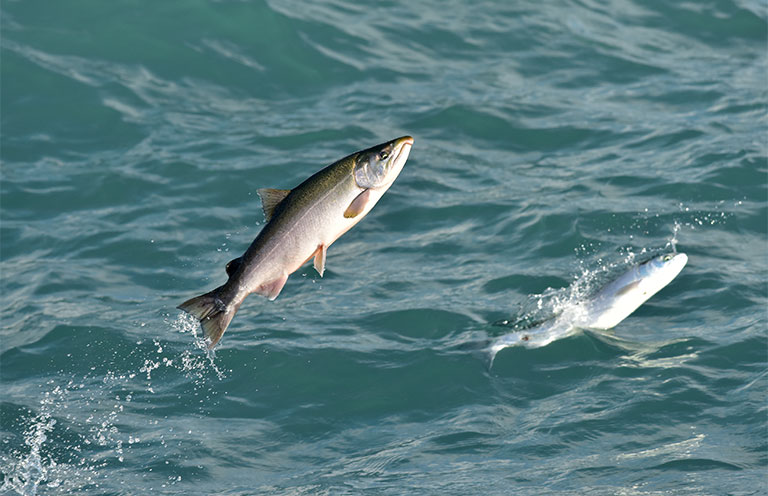
As consumers, we play a role in supporting companies that prioritize the health of our ocean ecosystems. After all, if nature can’t thrive and reproduce, we can’t continue to enjoy its bounty. It’s a simple truth—no marine biology degree required.
Still, it can be tough to make informed choices. Many businesses rely on clever marketing to make their products seem more eco-friendly than they really are. The lack of transparency in US packaging standards doesn’t help; consumers are left to navigate a sea of confusing or misleading certifications and marketing jargon that is all talk and no substance—a deceptive practice known as greenwashing.
To help make sense of it all, we chatted with Kat McCue, a seafood educator and recipe developer at Wild Alaskan Company. The membership and subscription box-based retailer prides itself on—you guessed it—wild-caught Alaskan seafood and is an industry leader in the movement to source sustainably and ethically.
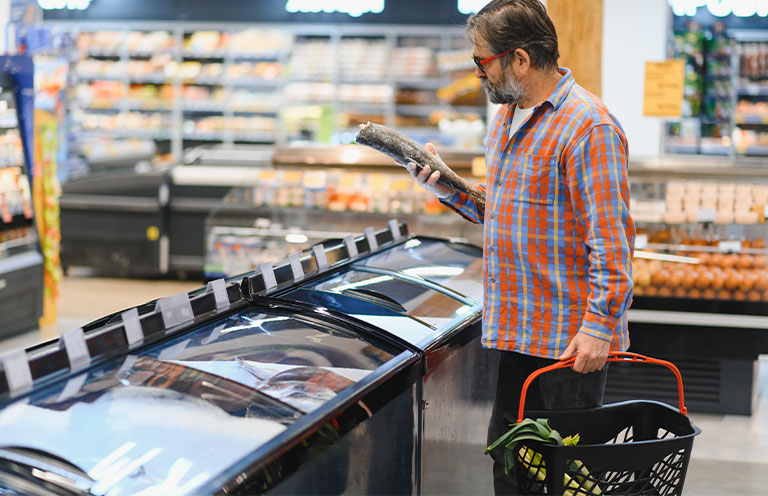
What is sustainable seafood?
If you find yourself in the grocery store seafood or frozen food section, ask three important questions to determine if something is rooted in conservation:
- What makes this seafood sustainable?
- Where is it from?
- How was it caught or produced?
“Even if you’re not exactly sure what the answers to those questions mean, I find that they’re a great way to start becoming a more informed consumer,” says McCue, “especially because the word ‘sustainable’ can mean different things, depending on who you ask.”
While companies such as Wild Alaskan Company emphasize transparency about where and how seafood is harvested, you don’t have to memorize their entire mission statement to make smart choices at the store. A few practical markers can help you evaluate whether seafood is sourced responsibly:
"Certain methods, such as using mesh pots, gillnets, and seine nets, can reduce harm to other marine life and the ocean floor when used responsibly."
Check for catch limits and management practices
Understand whether the fish was caught under a quota system or regulated fishery. These measures help prevent overfishing.
Ask about seasonality and size restrictions
Buying fish caught during regulated seasons — when species have had time to grow and reproduce—supports long-term population health.
Consider the fishing gear used
Certain methods, such as using mesh pots, gillnets, and seine nets, can reduce harm to other marine life and the ocean floor when used responsibly.
This information can usually be found on packaging and company websites—or you can ask your local fishmonger.
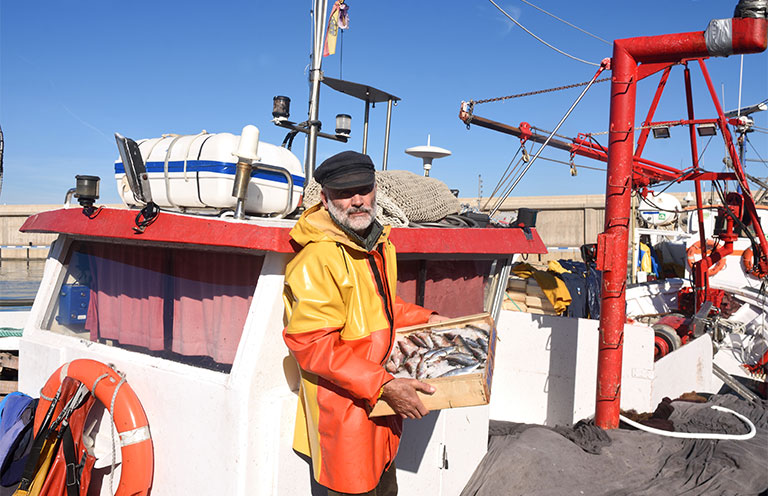
What is the difference between certifications?
When it comes to labels that claim sustainable seafood, two certifications frequently pop up:
The key difference: MSC applies to wild-caught seafood, while ASC focuses on farmed seafood. Both are respected, but they follow different checklists and protocols based on how the seafood is sourced.
There’s ongoing debate about the benefits of wild versus farmed seafood, and both can be sustainable depending on the context. That’s why it helps to understand what these labels actually mean—and where their limits lie.
“As a consumer, it can be challenging to understand the full impact of what you’re buying, even if the seafood comes recommended by an organization,” says McCue, acknowledging that certifications can be a helpful starting point, but they’re not the whole story. “In fact, there are plenty of sustainable options that don’t come with a certification badge,” she adds.
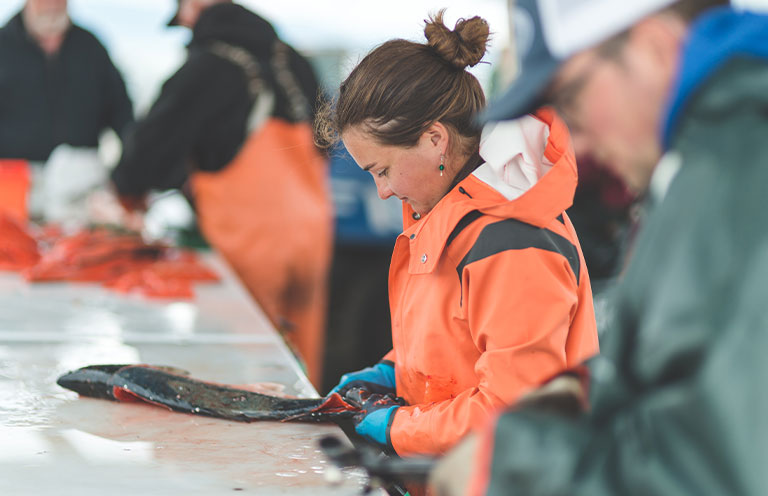
To make a truly informed decision, consumers should look beyond the label—especially since not every sustainable practice comes with official recognition. That’s why it’s important to dig a little deeper into a company’s practices to understand why they describe its seafood as ‘sustainable.’
Aside from finding answers to the aforementioned questions, McCue recommends focusing on one reliable principle: the shorter the supply chain, the better.
When you buy from a shorter supply chain, “there’s just less that can go wrong, less that can go unaccounted for,” McCue explains. You’re also more likely to interact with people—from harvesters to processors to retailers—who are deeply connected to the seafood and invested in its long-term sustainability. “Even you, as the consumer, will end up feeling more informed and connected to the source when you’re buying from a shorter supply chain,” she adds.
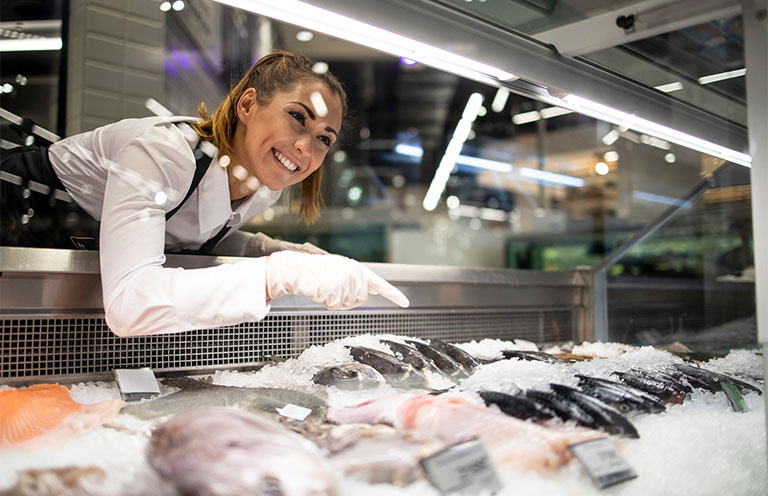
What can you do when something seems fishy?
Never shy away from asking questions. At your local market or grocery store, talk to the fishmonger and ask where the seafood comes from, how it was caught or farmed, and whether it’s been frozen or previously thawed. Most reputable sellers have this information on hand—and are typically happy to share it.
For packaged or frozen seafood, you can also reach out to brands through customer service channels and request a breakdown of their sustainability practices.
If a company can’t or won’t answer these questions clearly, treat it as a red flag—as transparency is a key part of sustainability.
Being a conscientious seafood consumer isn’t about having all the answers. It’s about asking the right questions and rewarding the producers who are doing things the right way.
